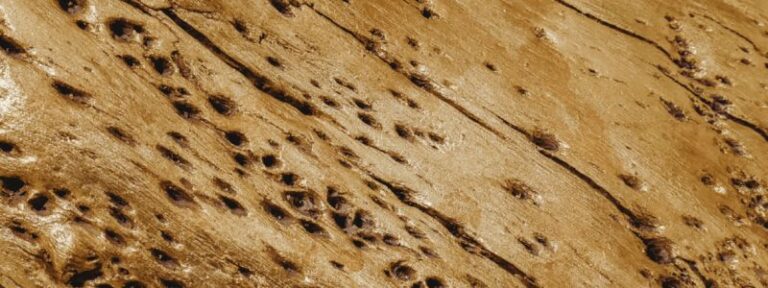Learning how to identify termite droppings and other signs of a potential termite problem will only take a few minutes and could save you thousands of dollars, as well as time and stress.
In this blog, we’ll look at the following:
- What do termite droppings look like?
- Signs of termites in your home
- How to get rid of termites in your home
- How to prevent termites in your home
What do Termite Droppings Look Like?

Termite droppings are also known as frass, or termite pellets. Their presence in your home is a serious indicator that termites are expanding a nest inside your home – as they build, they push out the droppings from their nest to create more space. Termite droppings typically have the following characteristics:
- 1mm pellets – often look like piles of salt or pepper.
- Black, brown, and grey in color depending on the wood eaten by termites.
- Pellets will be pushed out of ‘exit holes’ in the nest to create pile-ups.
- Termite frass has 6 sides; sawdust or shavings are granular. This is an important distinction to make if you are wondering between the two.
Subterranean termites do not produce pellets or frass – these termite dropping are what drywood termites produce. There are other ways in which you can identify subterranean termite infestations in your home, however, but more on this later.
Signs of Termites in Your Home
Once termites have established a nest in your home, they will afford you plenty of opportunities to find them. These are some classic signs of termite infestation to look out for:
1. Peeling paint or blistered paneling
2. Drooping or damaged/discolored drywall
3. Wood that is hollow when knocked on
4. Small needle-like holes in wood or drywall
5. Mud tubes running along walls or foundation (typical of subterranean termites)
6. Crumbling wood or drywall
7. Piles of termite wings that have been discarded (typical of swarmer termites)
Mud tubes are the signs of subterranean termites that you should be looking for instead of frass or pellets. Termite wings are signs of swarmer termites that shed their wings to start new colonies.
It is important to remember that these signs of termites in your house will only become present after months of them nesting. This means as soon as you see a sign, it’s time to take action. We recommend you immediately contact licensed professionals for termite control.
How to Get Rid of Termites in Your Home

Once termites are in your home, it can be extremely difficult to remove them via DIY pest control measures. It is estimated that termites cause over $1 billion in damages per year in the United States alone! The main issue is that most home treatments are reactive, not preventative. With that in mind, here are things you can try to get rid of termites in your home:
- Termite Baits: These traps are covered in slow-acting insecticide and placed near nests to lure termites in. The hope is that they then track the poison back to the colony.
- Foam Agents: These can be injected directly into areas that are colonized to eliminate termites inside.
- Soil Treatment: One of the most popular forms of home insecticide, these are usually chemicals such as fipronil or imidacloprid. They work to poison the pathways that termites crawl through to reach your home from the outside.
- Professional Termite Control Services: Easily the most cost-effective and efficient long term solution. Professionals will have more advanced and targeted treatments that are best suited for your unique situation. Additionally, many modern treatments are eco-friendly and property-safe as opposed to many DIY products.
When it comes down to it, termite removal is best left to the professionals. Often, by the time you are ready to take action, the necessary treatments will be very time and labor-intensive. You don’t want to waste your time and money on DIY solutions that may not actually work.
How to Prevent Termites in Your Home
Termite prevention is certainly something that you can achieve using a blend of best practices and recurring professional solutions. In terms of things you can do to save time and money, keep the following in mind:
- Check for plumbing leaks and other sources of moisture produced by your home’s structure.
- Avoid piling firewood, newspapers, or other materials against your house.
- Use termite-resistant wood if building or renovating.
- Replace surrounding soil with sand; termites cannot burrow through sand.
- Hire professional pest control for annual check-ups.
- Renew your home’s termite warranty to cover re-infestation.
Being diligent at home while combining a yearly or semi-annual pest control inspection will do wonders for your home health. Professional technicians will check for all pests, including termites, and provide detailed plans to keep termites away long-term.







